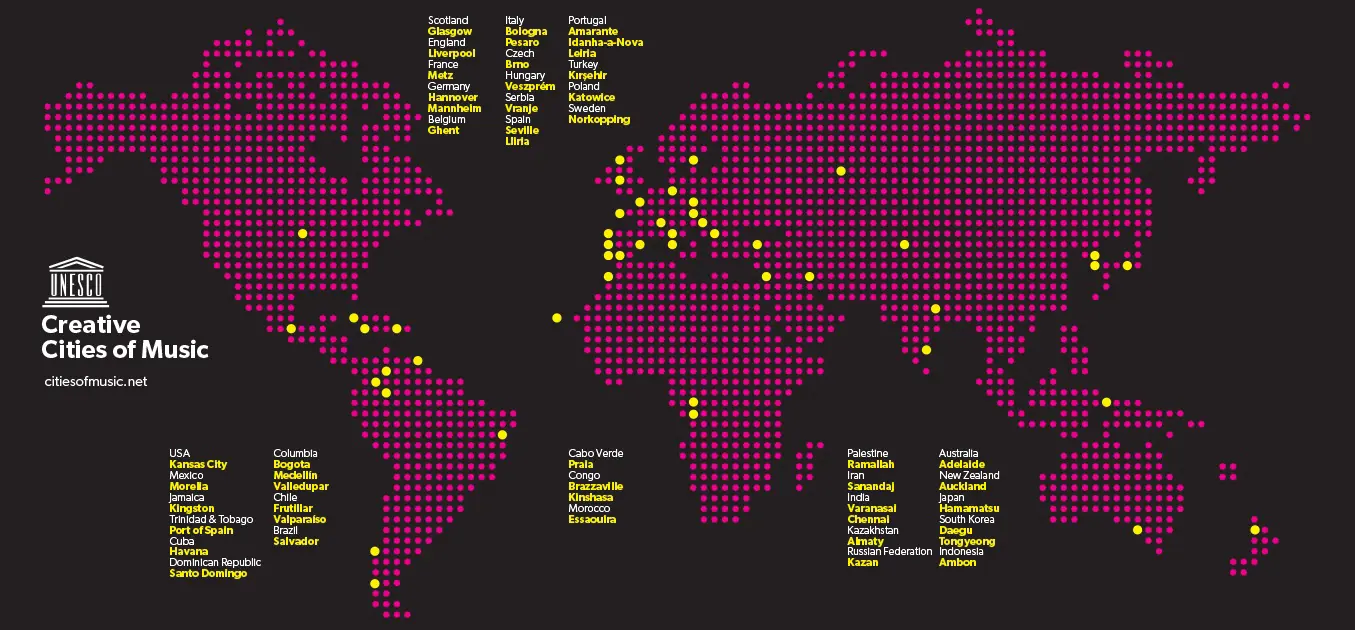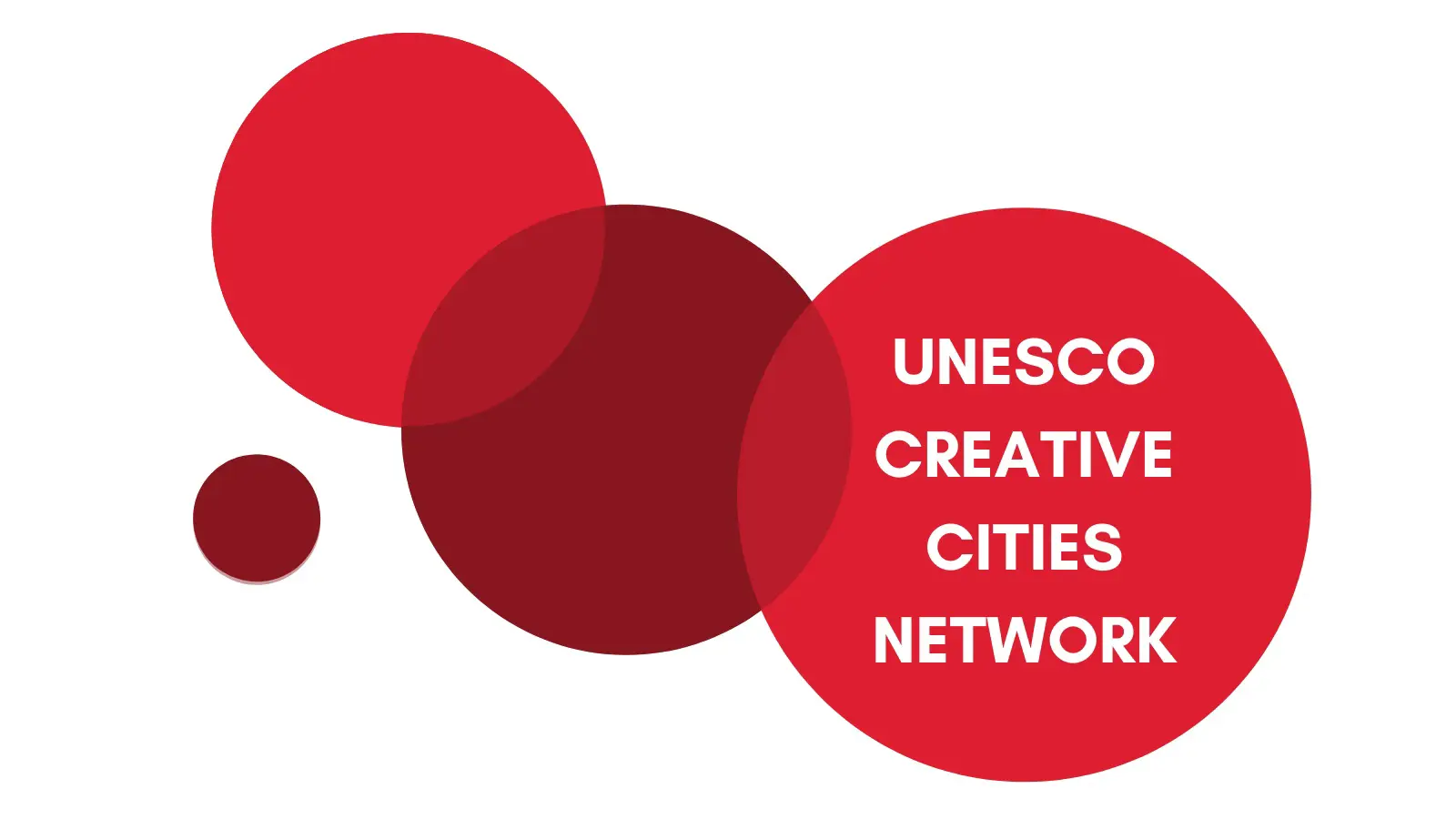Creative Cities in Türkiye
1. Gaziantep-Gastronomy (2015):
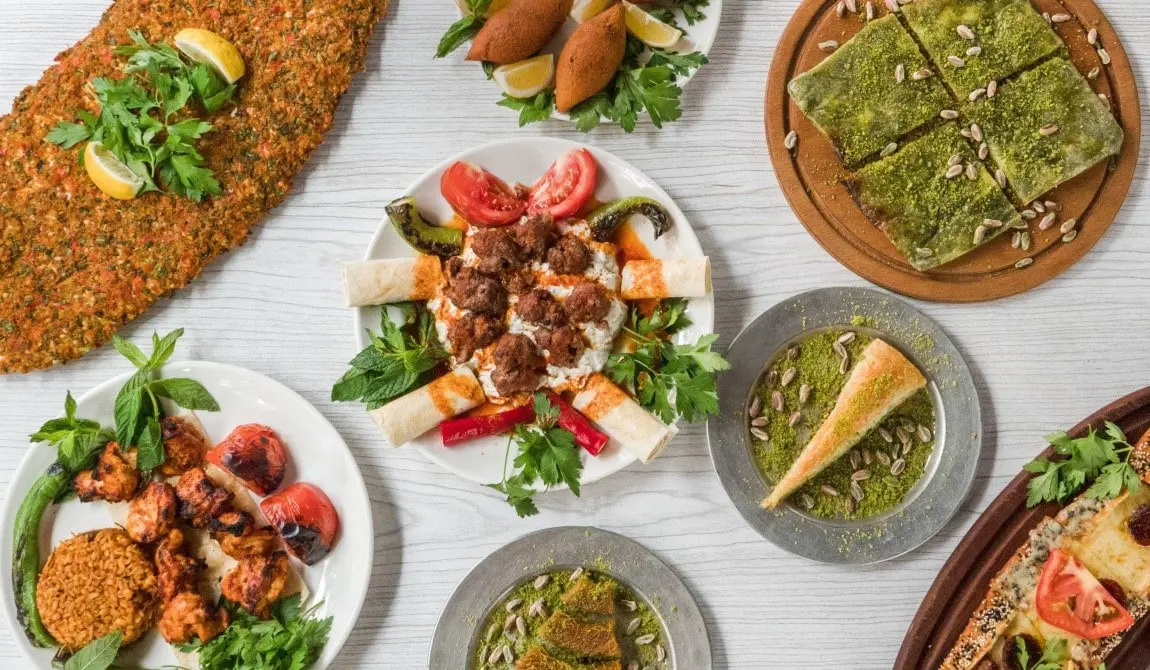
Located in southern Türkiye within the Anatolian region, Gaziantep is celebrated for its rich culinary heritage, a tradition that has shaped the city’s character since the Iron Age. Even today, food remains at the heart of its economy. In a city of 2,069,000 inhabitants, nearly 49% of local businesses operate within the food sector, which provides employment for around 60% of the workforce. Key products include cereals, dried fruits, and spices. In Gaziantep, gastronomy is not only about nourishment but also deeply tied to celebration, intercultural dialogue, and social unity.
2. Hatay-Gastronomy (2017):
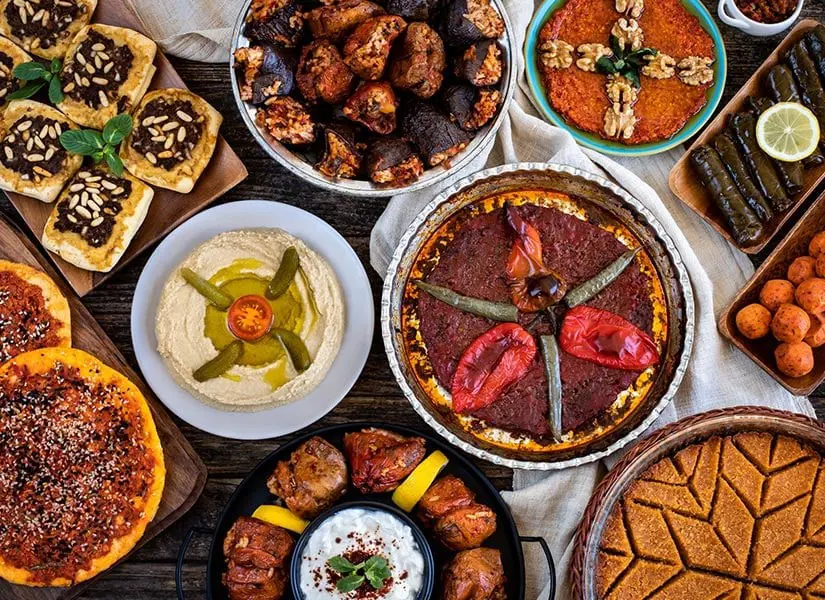
Hatay, situated in southern Türkiye at the heart of the fertile Amik Valley, has long been a crossroads of cultures and traditions. Its strategic location along the historic Silk Road made it a vital center for the spice trade and the Mediterranean gateway for merchants and travelers. The city’s cuisine carries the heritage of 13 civilizations, blending flavors from the Mediterranean, Anatolia, and the Middle East. Gastronomy here reflects not only taste but also the richness of cultural dialogue across centuries. The Metropolitan City is also distinguished by its diverse flora and mild climate, ideal for cultivating aromatic and medicinal plants. This sector continues to thrive, contributing nearly 60% of Hatay’s GDP.
3. İstanbul-Design (2017):
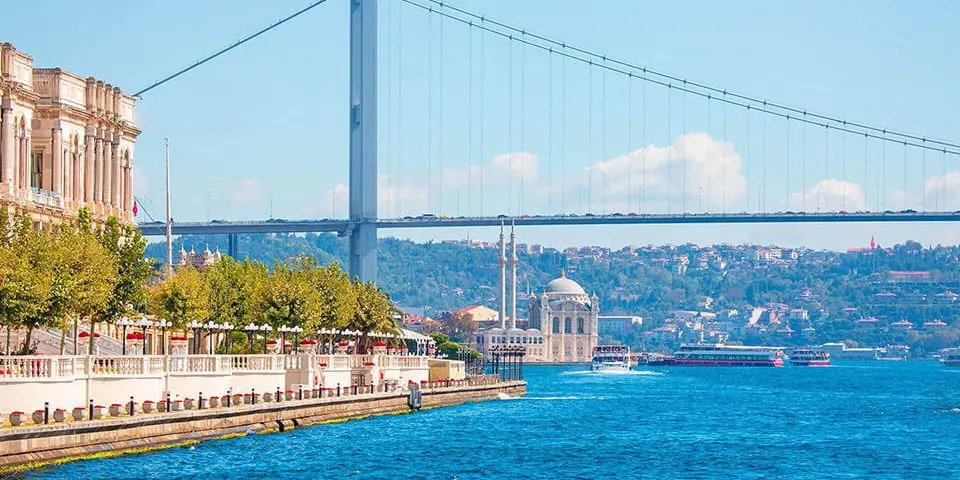
Istanbul, with a population of nearly 15.7 million, is Türkiye’s largest city and ranks among the world’s greatest metropolises. Bridging Europe and Asia, it is a dynamic center of encounters, transformation, and exchange. Over the centuries, the city has been a focal point for civilizations, cultures, and international commerce, leaving behind a layered cultural heritage that continues to inspire design, arts, and craftsmanship. Today, Istanbul’s creative industries employ around 140,000 professionals and generate an impressive 74.5% of Türkiye’s total creative sector revenue. The city has also taken on key global roles, serving as the chair of United Cities and Local Governments (UCLG) for three terms before being recognized as the European Capital of Culture in 2010.
4. Kütahya-Crafts and Folk Art (2017):
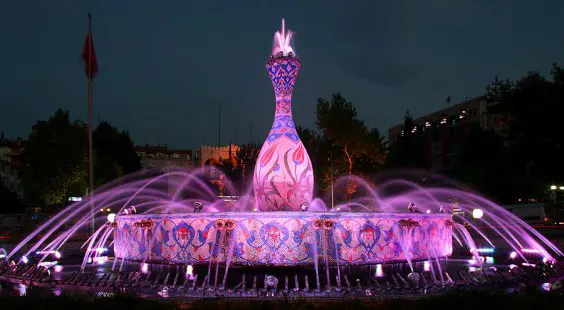
Kütahya, located in western Türkiye, has a population of approximately 577,941. The city is widely recognized for its unique tradition of recording history not only through writing but also through the art of tiles. Renowned as the center of çini production, Kütahya crafts these distinctive ceramics using a blend of glass powder, quartz, and clay. Traces of çini can be found throughout the city, adorning train stations, municipal buildings, and public fountains. More than just decorative art, this centuries-old craft embodies deep social and cultural significance for the community. As of 2016, the city hosted over 435 workshops employing around 15,000 artisans, with 95% dedicated to the production of çini.
5. Afyonkarahisar-Gastronomy (2019):
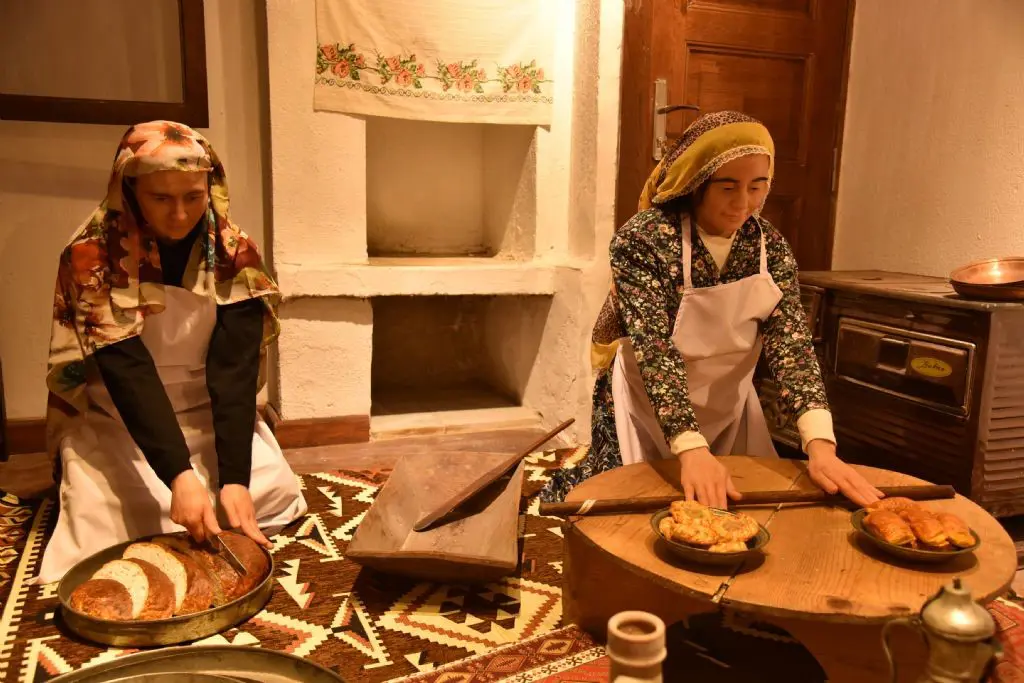
Afyonkarahisar, a historic city in western Anatolia, lies at the intersection of major routes linking key towns across Türkiye, from Istanbul in the north to Izmir in the west. The city is widely recognized not only for its abundant thermal springs and thriving marble industry but also for its celebrated gastronomy, particularly clotted cream and Turkish delight. Food production represents a cornerstone of the local economy, with more than 800 companies operating in the sector, making it the second-largest source of employment and accounting for 26% of the city’s exports. Charcuterie holds a distinctive place in Afyonkarahisar’s culinary traditions, reinforcing both cultural identity and economic vitality. By supporting rural agriculture, the city promotes the use of natural, wholesome ingredients in regional cuisine, fostering inclusive and sustainable development across the rural-urban landscape.
6. Kırşehir-Music (2019):
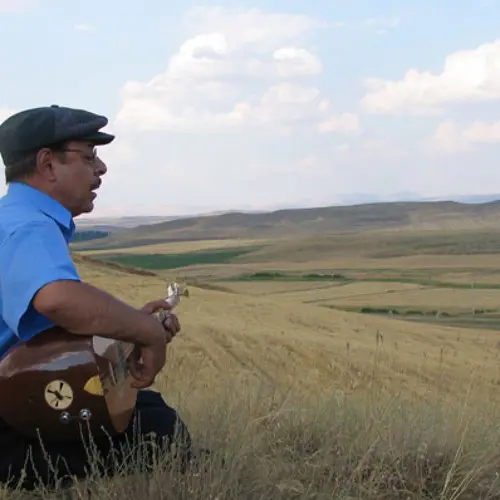
Situated in the very center of Türkiye, Kırşehir is a city of about 242,000 residents and a vibrant hub of musical life, with nearly 2,000 musicians actively contributing to its scene. The city is especially celebrated for the tradition of the “Abdals,” performers whose artistry is shaped by their unique lifestyle, collective celebrations, and strong spiritual and moral values. For more than three hundred years, Kırşehir has maintained the legacy of historical instruments while also incorporating Western musical approaches. This blend has given rise to a rich and distinctive body of music that honors its cultural roots while continuing to evolve with new influences.
7. Bursa-Crafts and Folk Art (2021):
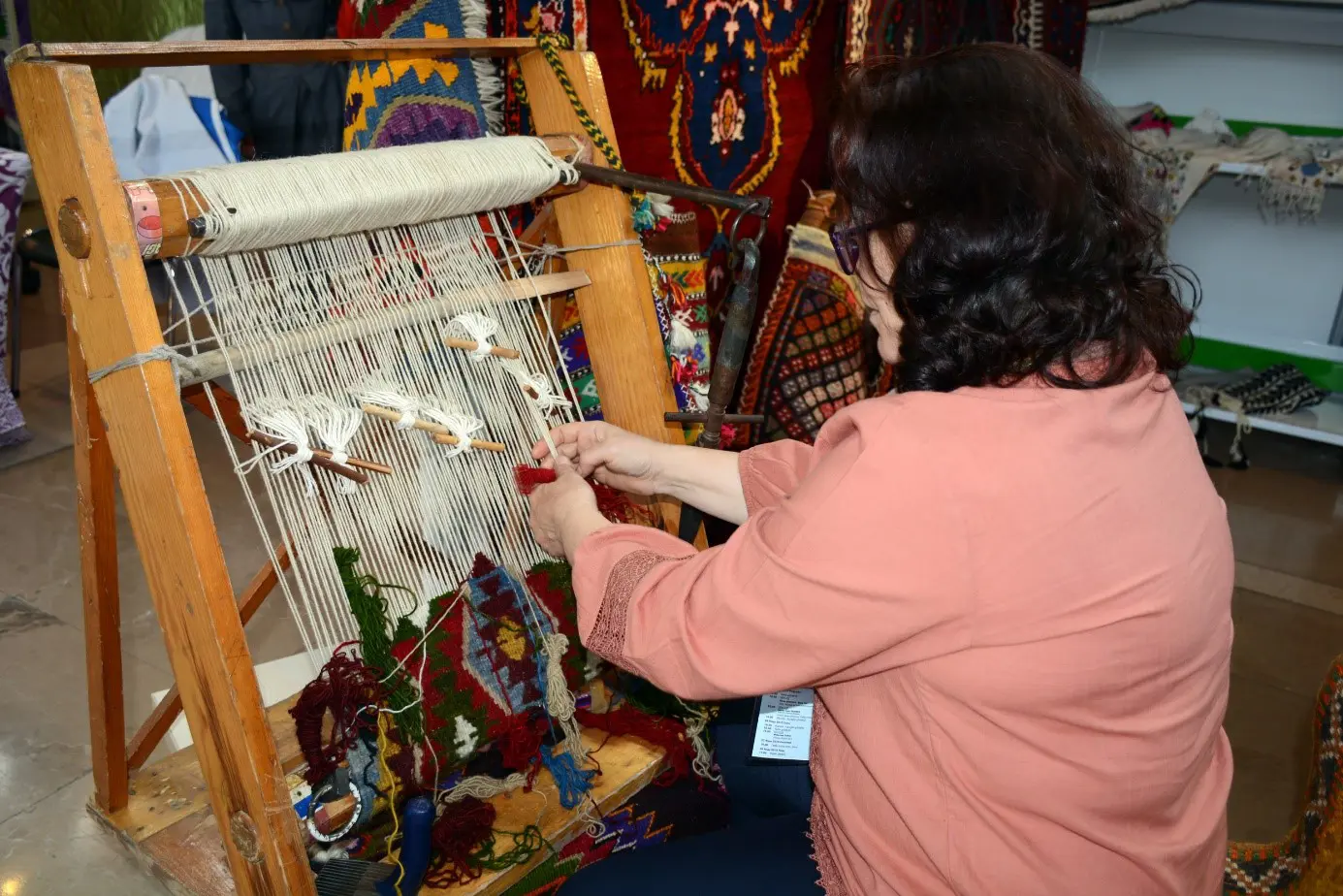
Bursa, once the earliest capital of the Ottoman Empire, rose to prominence not only through its political role but also as a thriving center of trade along the ancient Silk and Spice Routes. Shaped by centuries of migration, the city embodies a unique blend of cultural richness and artistic expertise. Its artisans have cultivated a diverse array of crafts, producing everything from the world-renowned Bursa silk and İznik tiles to Karagöz shadow puppetry, cutlery, weaving, wood carving, glass embellishment, marbling, filography, traditional archery, and delicate needle lace. Today, this deep-rooted heritage is celebrated across numerous cultural institutions, including twenty art galleries, eighteen museums, and fifty-five cultural centers. Koza (Cocoon) Han, with a history of over 530 years in the silk trade, remains one of Bursa’s most popular landmarks, attracting visitors eager to experience the city’s cultural legacy. Each year, nearly 90,000 guests visit the Textile Museum, while about 35,000 explore the Umurbey Silk Production and Design Center—both highlighting the lasting significance of Bursa’s sericulture traditions. After its restoration, the İznik Museum reopened in 2020, presenting exquisite examples of İznik tiles and reaffirming Bursa’s role as a guardian of enduring craftsmanship.
8. Şanlıurfa-Music (2023):
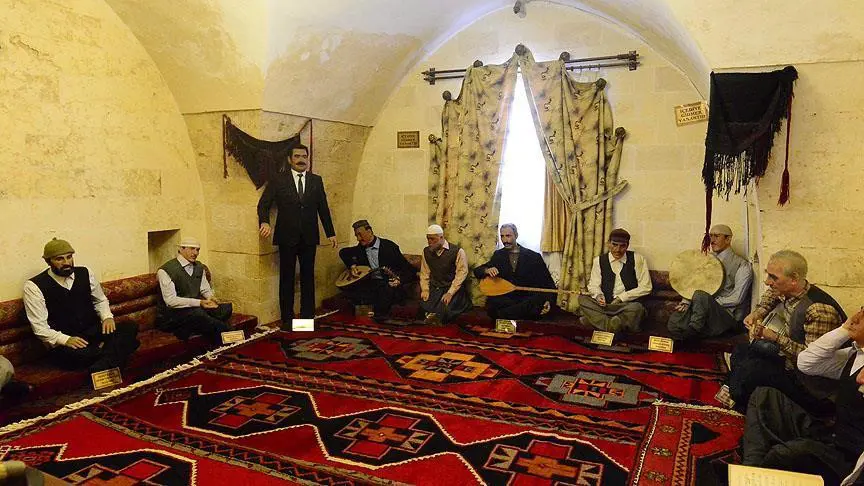
Şanlıurfa, a city with roots stretching back to the Neolithic era, carries a profound legacy of music and culture. Known as a crossroads of civilizations, it has long been a gathering place where diverse communities and languages converge through a shared musical tradition. Today, the music sector is considered one of the driving forces behind the city’s tourism, adding vitality to its cultural life. Music not only strengthens social bonds but also enriches the city’s livability, supported by established cultural centers, conservatories, and music institutions. Building upon this heritage, a range of initiatives seeks to harness the universal power of music to equip young people with new skills, encourage mutual understanding, and promote social cohesion.



